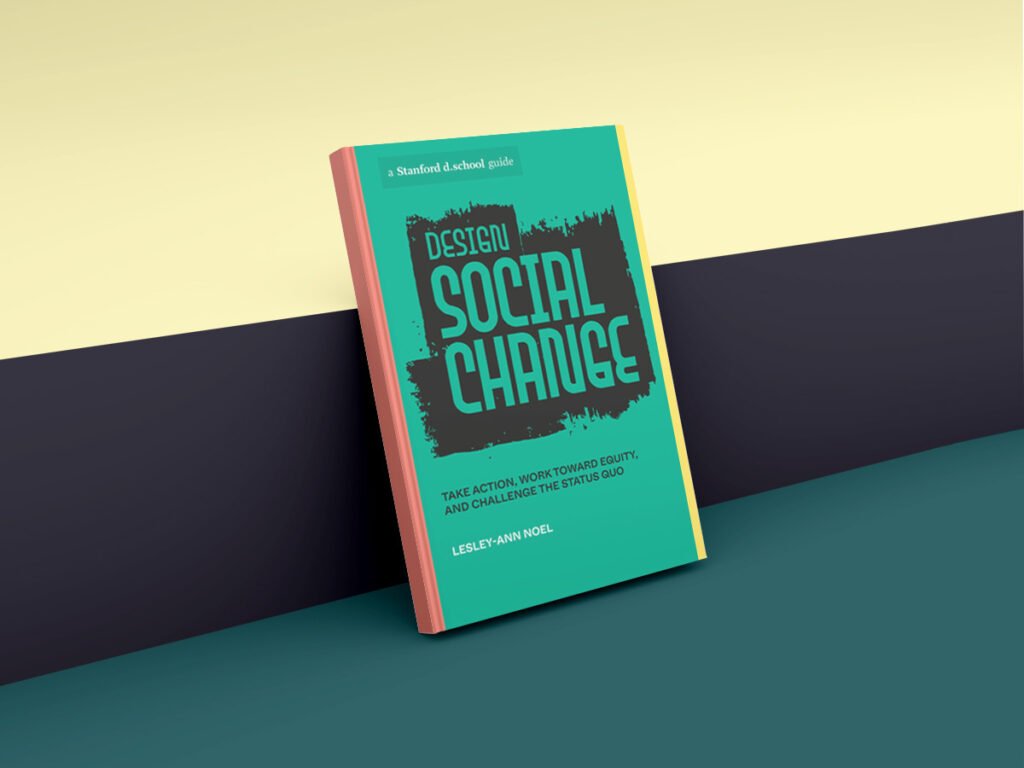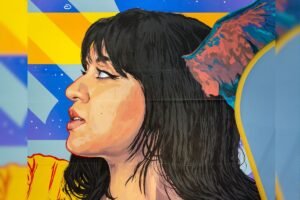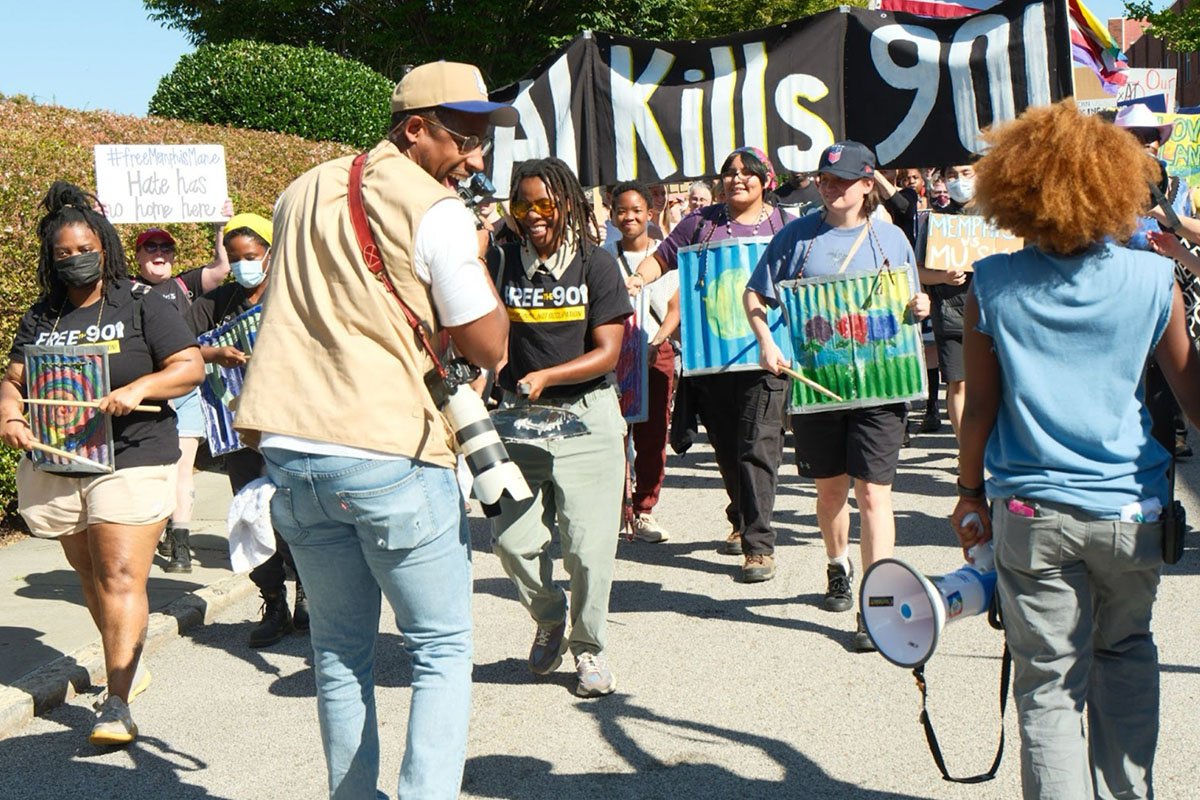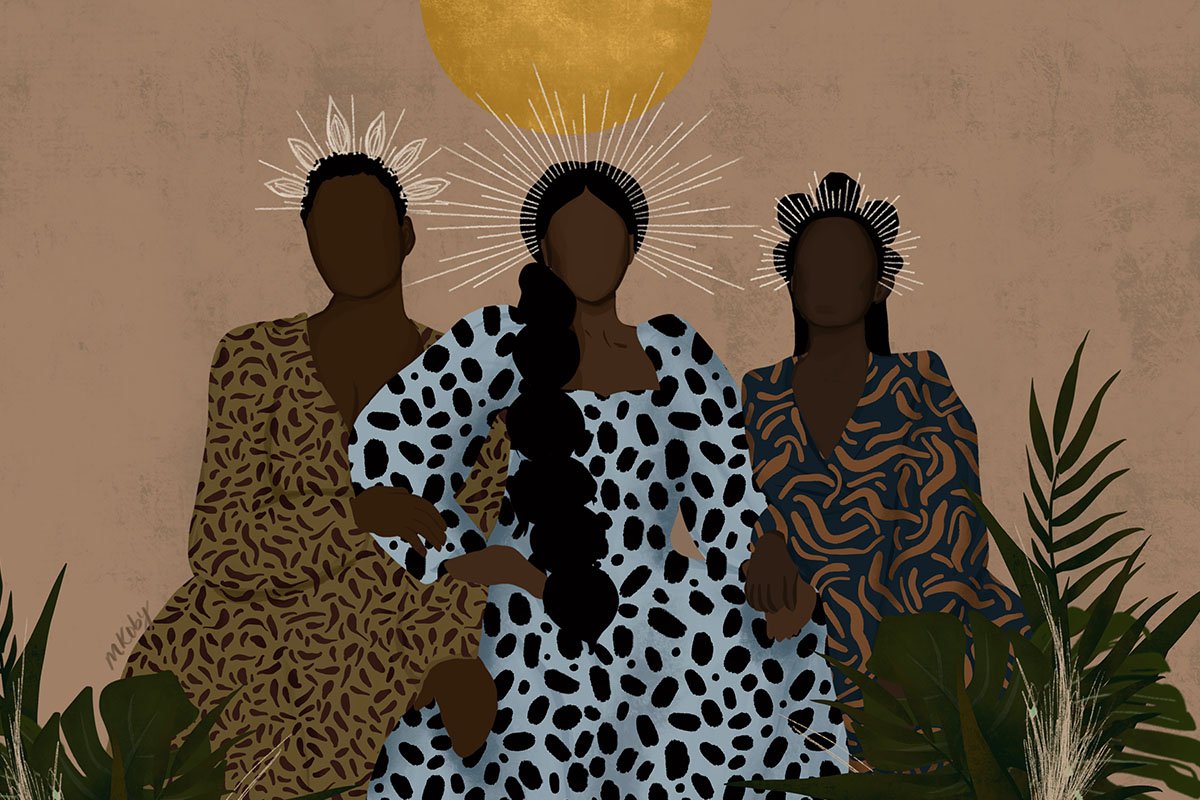
Dr. Lesley-Ann Noel is using her design skills to tackle real-world problems like homelessness and environmental sustainability. By teaching people to better understand the world around them, including the challenges and inequities embedded within it, she teaches people how to creatively reimagine the structures, policies, processes, and social interactions that align with a better future.
Her approach addresses social problems, while also making design more inclusive and responsive to social change. Accordingly, Noel uses critical epistemologies, anti-hegemonic lenses, and collaborative research methods that honor the perspectives of those traditionally excluded or marginalized within design practices. As an act of decolonizing design, Noel’s research also “highlights the work of designers outside of Europe and North America.”
Noel previously cowrote The Black Experience in Design: Identity, Expression & Reflection and coedited The Little Book of Designer’s Existential Crises in 2022. She is also cochair of the Pluriversal Design Special Interest Group. Through her project The Designer’s Critical Alphabet, she has fostered “greater critical awareness among designers and design students by introducing critical theory concepts and vocabulary into the design studio.”
Lesley-Ann Noel spoke with NPQ about her latest book, Design Social Change: Take Action, Work toward Equity, and Challenge the Status Quo, her career journey, and her work to use design practices to foster positive social change.
This interview has been edited for length and clarity.
Tonie Marie Gordon: Could you tell me about your professional trajectory and your career leading up to the book?
Lesley-Ann Noel: I was trained as an industrial designer. I started off in furniture design. I came to social design through development, I was working on several development projects in Africa and in the Caribbean, and I was [primarily] engaged in designing objects. But, as the projects progressed, I moved away from designing objects to design less tangible things like a training program I designed in Uganda. And I just started to move slowly further away from designing objects; I like to say that my professional practice has dematerialized, so I no longer really design things. I design systems and trainings. I focus on social issues. My design classes focus on sustainable development. So, over the last 25 or 30 years of design practice, I have come to the place where I’m more interested in designing to change social systems than I am in the design of objects, apps, or graphic design. I’m not interested in those kinds of questions anymore. I’m interested in using my skills as a designer to address social issues.
TMG: Can I ask what was behind that shift in your interests?
LAN: There were many things behind the shift. On one level, my professional practice was furniture design. I became frustrated with designing things that most people couldn’t afford. I was hyperaware of the fact that my friends wouldn’t be able to buy the furniture that I was designing. And as I became more aware of that, I started to think about other things to design. And then, the other part of it is that more opportunities to support social design began to appear. More agencies and organizations wanted to support social design; they were looking for skilled designers who know about collaboration and can get people to design together. So, it’s partly based on the funding models and my experience working on projects that were funded by philanthropic organizations and development agencies. These projects were less about individual goals and more about social outcomes. All of that got me more interested in social design. I found it more satisfying working on projects that result in a greater good than in individual consumption.
TMG: What does it mean to design for social change?
“Most of us researchers are trained to do research in a way where we maintain all the power.”
LAN: It’s about an entire society changing. It’s about changing the way a society perceives an issue, which creates a catalyst for more change. For example, if you think about the end of slavery, a whole lot of things have had to change once people changed their views on owning other people. The laws and the way society is structured all had to change.
Or, if we think about something like gendered bathrooms, there has been considerable social change over the last 10 years or so, where society has changed the way we think about bathrooms and the need for them to be gendered. And so now there are places that don’t have binary bathrooms, or you’ll see male and female bathrooms but there’s an additional nonbinary bathroom. And because society has changed the way that we think about that, all the structures that support [gendered bathrooms] have had to change, the structures that support the old way of thinking have also had to change. So, when people ask me about what it means to design for social change, the change could be lots of things. It depends on who you are and the change that you think is needed.
TMG: I was wondering if you could take us through your work to make things more inclusive and equitable despite the ways that power usually shows up in design work.
LAN: A lot of the work that I’ve done over the last five years or so is about challenging the traditional methods used to design for good. And I should emphasize that [currently] I’m more focused on education than on public practice. It’s really through education that I’m trying to challenge the way that we think about design. For example, for my PhD project, I used a participatory process with children, though children are not typically consulted. I asked these children, who lived in a rural area and were experiencing poverty, to reflect on the world around them and then started designing interventions that would address some of the issues they were identifying.…Whether we like it or not, most of us researchers are trained to do research in a way where we maintain all the power. We design 100 percent of the intervention, and then we carry out our experiment, and we report on it. But, with the work I was doing…I was using methods where I didn’t create 100 percent of the intervention. I had to think consciously, where am I shifting power? So early on, I conducted a focus group with the children’s parents, and I asked for the parents to suggest some themes for the class so that the parents felt involved. It’s their issue and their village. And I wanted them to be involved in codesigning the content. That’s just one of the power-shifting strategies I’ve used.
“I want them to think about the thing that gets them to the utopia they want to be in. And then afterwards…think about what’s feasible.”
Sign up for our free newsletters
Subscribe to NPQ's newsletters to have our top stories delivered directly to your inbox.
By signing up, you agree to our privacy policy and terms of use, and to receive messages from NPQ and our partners.
In another project, I worked with students in Trinidad and California. I worked with another core instructor, and we intentionally shifted the power in the class by giving the Trinidadian students a little more power to make decisions than the students in California. Because I’m in education, I can do this quasi-experimental work, but I’ve been exploring these different ways to make sure that the group that is typically not heard gets heard and can determine the direction of the research.
TMG: I wanted to ask you about how you envision a better world. How can we imagine that and innovate for that instead of being so tied down by our current conflicts and everyday issues? I want to know more about your perspective on imagination and possibility.
LAN: Yes, that’s important. To share a little bit of the process that I use—which is described in the book—I use a method called critical utopian action research. I encourage people to dream of the thing that they want. This is where I’m asking people to be very imaginative as they dream of this new thing or new reality that they’re hoping for. Some designers ask people to think about what’s feasible, but I don’t usually ask people to think about that. I want them to think about the thing that gets them to the utopia they want to be in. And then afterwards we could think about what’s feasible. So, we think of the outlandish ideas first and then we can get to more practical ways of getting there.
And since I don’t always work with designers, I have to think about what strategies I’m going to use to get people to be creative. That’s not always easy, because people are usually expected to be practical and to think realistically. I have to do a lot of work to get people to not be realistic. So, I use some design prompts that force them to think outside the box. An example that comes to mind is asking a question like, how could a magic carpet be used to solve this issue? And really, I’m not thinking about a magic carpet, I’m really thinking about a drone. But I don’t want people to think so practically about the kind of drone, I want them to think creatively and imaginatively about what we can do with the flying carpet.
TMG: Those frameworks are extremely useful within the context of design, but these are also widely applicable concepts for anyone who wants to be an agent of change.
LAN: Yes, another strategy that I really enjoy is giving people a year in the future and I’ll say, describe 2050 for me. What is the ideal way of living, and what’s no longer acceptable?…Let’s flesh out this idea and dream together. And then, we can think about the policies that we need to get there. So, in one of the classes that I teach at the end of the semester, I have students dream about what they think is going to be different in 2050 or 2072 or any point in the distant future. I’ll just pick a random year. What is it that’s going to be different from the world that we live in today? And by getting them to think like that, I’m asking them to be a little bit more critical of the world we live in today. There are themes that come up very often in my classes around different elements of healthcare—especially its costs—and mental health, and access to education. These are things that every year my students tell me must change. People want change to happen.
“We need to be aware of our agency and that the world isn’t fixed. We make change.”
Another framework that I like to use, and I’ve borrowed this from some colleagues of mine in Brazil, is where we focus on oppressions and then try to figure out where people are being oppressed, or pushed down, in a system. And then, we think about what we can do in the design process to lift them up. And then that becomes another lens to use, to have conversations to make sure that the design is focused on combating oppression.
TMG: What do you want people to take away from the book? And generally, how do you want people to use the book?
LAN: The book is about various strategies for making change. The first section is about being more aware of the world around us. And so, one of the big takeaways I want people to have is to understand that we have to ask hard questions of the world around us, and we can’t just take the world as it’s given to us. And we also have to understand that we are part of this world. That means that our intersectional identities affect the way we see an issue and will affect the kind of action we want to take. So yes, we are looking at the world around us, but we are also aware of who we are, knowing that we ask these questions subjectively from our different points of view. And these different points of view are valid.
All of this is part of knowing the world around us, knowing the world outside of us, as well as knowing who we are in the world. That’s the first part of making change. The world doesn’t just happen to us, we also happen to the world. So, we need to be aware of our agency and that the world isn’t fixed. We make change. We have the power to change the world.
Section two of the book is about building emotional intelligence. A lot of us are trained to be neutral, trained to ignore our emotions, and ignore the emotions of other people. In the world of social design, sometimes people are saying, “Okay, let’s do some quantitative research to assess this.” And it concerns me [that they do this] when they’re not answering quantitative questions. We need to lean into our emotional intelligence to understand the phenomenon that people are experiencing. This part of the book is about being able to understand that people will express ideas about the change that is needed. And these are typically very emotive. They’re not necessarily going to tell us in plain, easy-to-understand English, or another language. They might be angry, they might be screaming, they might be crying, they might be experiencing all of these emotions. And we have to support them. And to support each other in this process of making change, we have to learn to read emotions. I encourage people to not be afraid of the emotions of the people that you’re working with. And I also encourage people to lean into their own emotions as they’re trying to make change.
Part of this emotional intelligence is also about relationships. Understanding that you can’t change the world by yourself, and you need a lot of help from other people to change things.
And then the last big section of the book is about building bright and equitable futures for everyone. There I’m asking people to imagine what could be and forget some of the barriers that exist today. Sometimes organizations have a culture of “this is the way things have always been done.” And that really works against a change mindset. I’m really trying to encourage people to have the openness to try things out, try a new idea. Dream with other people about these new features and then figure out what are some little steps that we can do to get to that path?
These are big ideas. And when people finish reading the book I want them to feel like they can do something. I want them to feel like they can take action. I’m not telling people what changes should happen. I want people to read the book and then start to ask some questions and realize that they can play a role in making change happen. And, at the end of the book, maybe the reader will understand there are many different roles that people can play in changemaking, and here’s the one little role that I can play. Someone could do something as simple as writing a letter or do something else to make people aware of an issue. That is something. And that letter is an actual design output, or even a prototype. At the end of the book, I want people to think they can take action and encourage other people to think a little differently about an issue, whatever the issue is.











